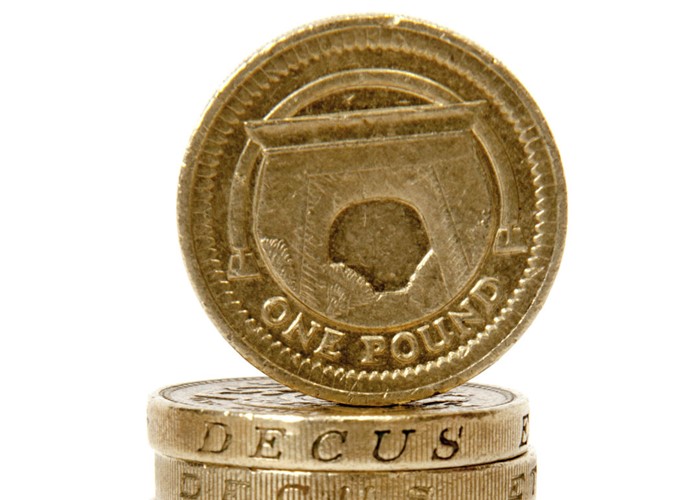Savings interest rates continue to fall

Despite optimistic hopes for 2014, high street savings rates have continued their downward slide, so it's still time to look elsewhere for decent returns.
Savings interest rates have been on the slide for the past few years, but recently hopes had begun to be raised that a change might be coming. However, the situation looks like it will get worse before it gets better.
Recent weeks have seen a flurry of best buy accounts withdrawn and the rate on the top-paying instant access account plummet to just 1.5%, following Kent Reliance Building Society's withdrawal of its 1.60% account.
Keep track of your money with our free MoneyTrack tool
What sparked hopes of a savings revival?
The major change that it was hoped would lead to an increase in savings rates was the redirection of the Funding for Lending scheme. This Government initiative was designed to boost lending to both potential mortgage borrowers and small businesses.
However, while the mortgage money was getting through, small- and medium-sized businesses were still complaining that not enough funding was coming their way.
As a result, the scheme has now been redirected away from mortgage lending, in part because of fears it will inflate another house price bubble, and onto business lending.
The problem is…
You’d think the obvious consequence of that change would be a rise in savings rates, as banks and building societies need to obtain fresh funding. Unfortunately for savers if those banks and building societies still have a stockpile of money, they don’t need fresh deposits.
And that means the race to the bottom has continued…
How rates have fallen
This table of top interest rates for smaller deposits (under £25,000) shows how rates have fallen over the past 15 months across various different savings terms.
| Product | Top interest rate October 2012 | Top interest rate February 2014 |
| Instant access savings account | 2.85% | 1.50% |
| One-year fixed rate bond | 3.10% | 1.90% |
| Two-year fixed rate bond | 3.50% | 2.32% |
| Three-year fixed rate bond | 4.10% | 2.70% |
| Four-year fixed rate bond | 4.20% | 2.81% |
| Five-year fixed rate bond | 4.50% | 3.25% |
All in all, a pretty bleak picture...
Where to earn most interest now
As we’ve said many times, if you want a decent return on your money in the short term, it pays to look beyond traditional high street savings accounts.
Several current accounts are now paying rates way above inflation. And while there is tax to potentially consider, they’re definitely worth looking at if you have a smaller amount (less than £20,000) to squirrel away.
The other good thing about these current accounts is, in some cases, you can have up to three of each.
If you’re happy to take on a bit more risk, then peer-to-peer accounts are also worth thinking about.
This is where individual lenders, ie savers, are matched to individual borrowers. The rates on offer are generally attractive to both parties. One company, Zopa, has even taken the step of guaranteeing a fixed return (4.90%) over a five-year period.
The risks with peer-to-peer lending are threefold, although they aren’t necessarily that worrying in reality. The first is the risk of losing some or all of your money to defults. However, most companies have some sort of contingency fund in place. The second is your rate can vary. And the third, and arguably most serious, is if the peer-to-peer company goes under your money won't be protected by the Financial Services Compensation Scheme.
So, for now, and particularly if you want to be able to access your money quickly, it pays to keep an eye on what’s out there. And if a good-looking account is launched, grab it while you can.
We list the top rates and where to find them as they change in Where to earn most interest on your cash.
More on savings and investing:
Where to earn most interest on your cash
The costs of investing in tracker funds
Comments
Be the first to comment
Do you want to comment on this article? You need to be signed in for this feature